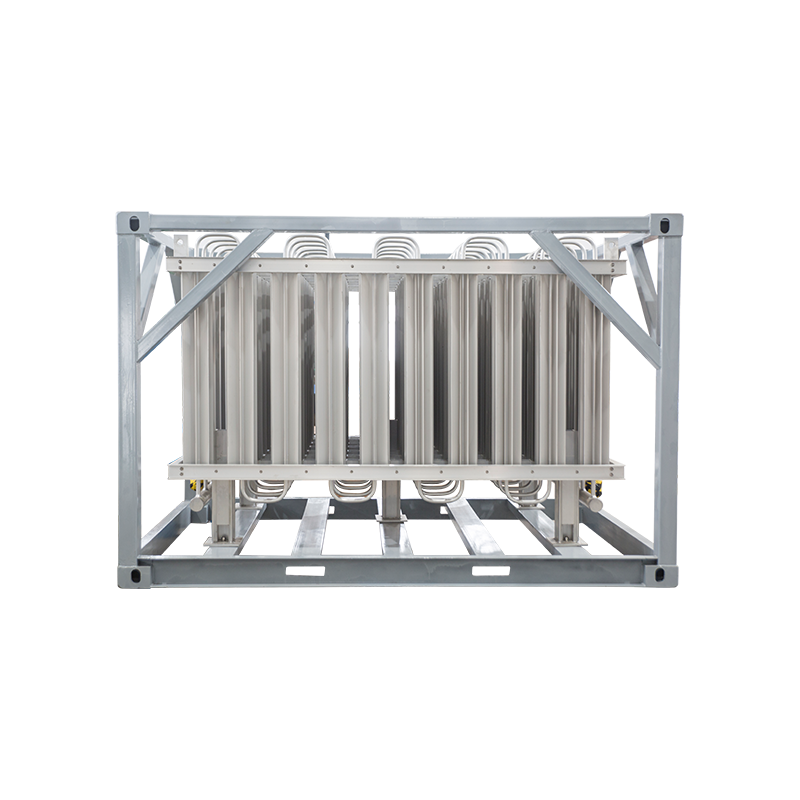An
ambient air vaporizer is a device used to convert liquid cryogenic gases, such as liquid nitrogen or liquid oxygen, into gas form for various applications. It operates by utilizing the ambient air's heat to vaporize the cryogenic liquid.
The basic principle behind an ambient air vaporizer involves a heat exchange process. The vaporizer consists of a series of finned tubes or plates that contain the cryogenic liquid. These tubes or plates are exposed to the surrounding air. As the ambient air passes over the tubes or plates, heat is transferred from the air to the cryogenic liquid.

The process typically involves the following steps:
Cryogenic Liquid Inlet: The liquid cryogenic gas, which is stored at very low temperatures, enters the vaporizer through an inlet.
Heat Exchange Surface: The cryogenic liquid flows through the finned tubes or plates, which provide a large surface area for heat exchange. The fins help to enhance the heat transfer process by increasing the contact area between the cryogenic liquid and the surrounding air.
Ambient Air Flow: The surrounding ambient air is directed or allowed to flow naturally over the heat exchange surface. As the air passes over the tubes or plates, heat from the air is transferred to the cryogenic liquid. This heat transfer causes the liquid to gradually vaporize and convert into gas form.
Gas Outlet: The vaporized gas, now in gaseous form, exits the vaporizer through an outlet. It can then be utilized for various applications as required.
